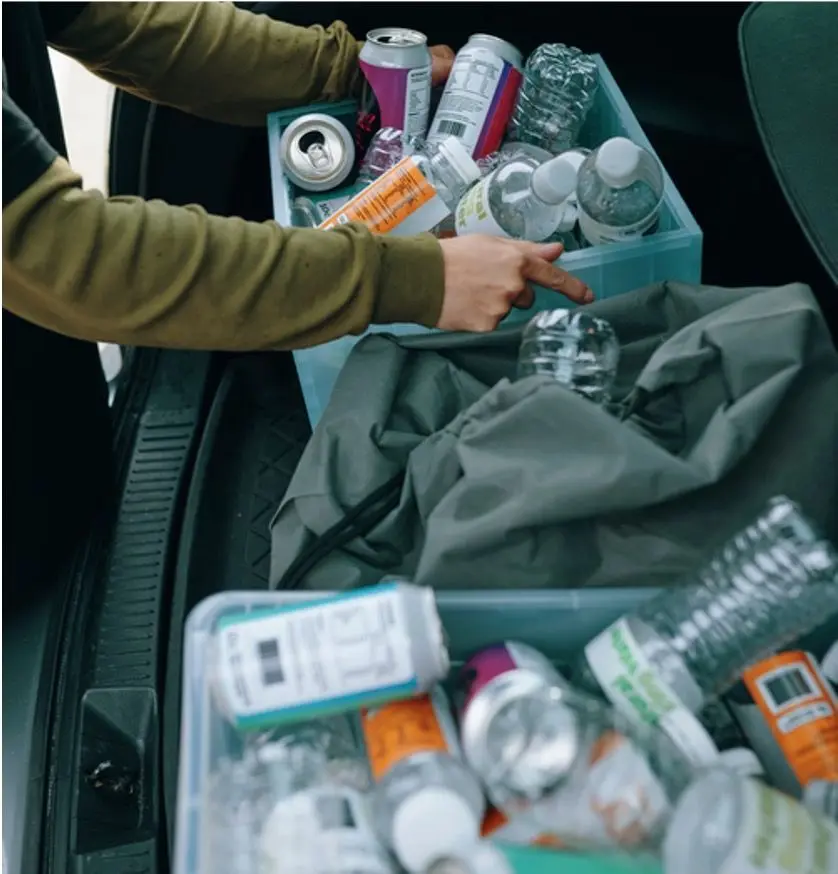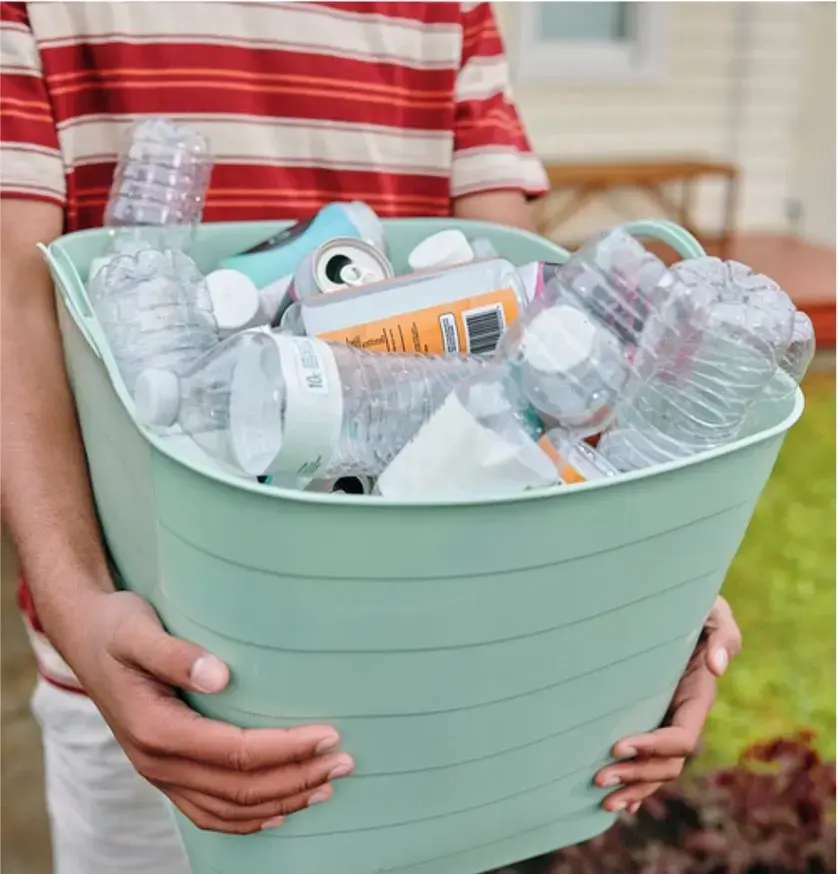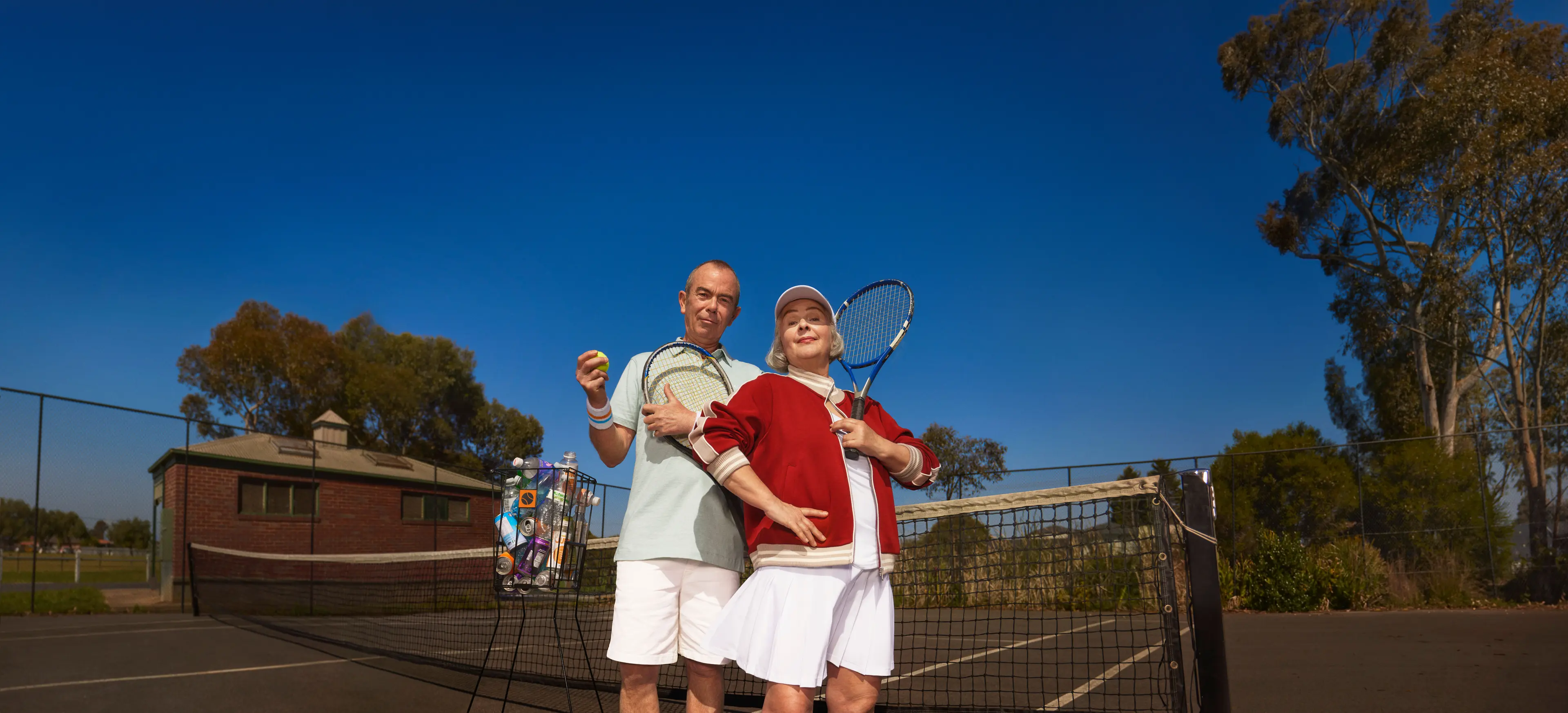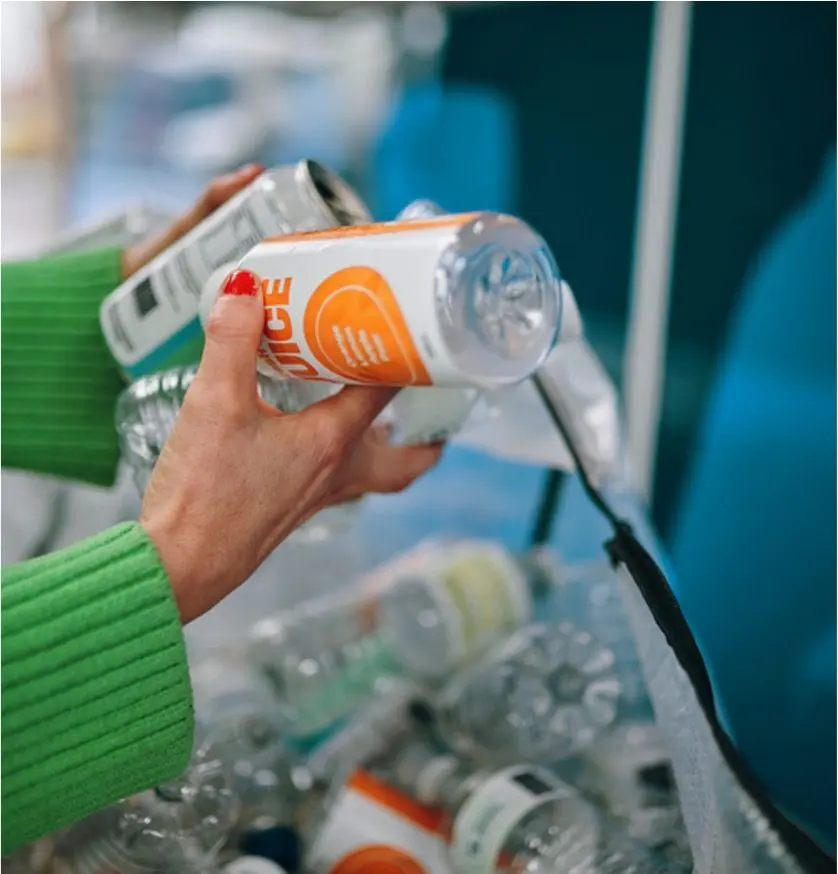
Make a return
CDS Vic provides a 10 cent refund for every eligible drink container returned. Each bottle, can and carton that you return helps to divert valuable containers from landfill.
There are hundreds of refund points across Victoria, so look out for your local. The network has more than 600 refund points.

Get involved
In partnership with city councils, these baskets offer a new way to recycle containers on the go.
Are you a school that wants to get involved with CDS Vic? You will find lots of resources and guidance here.
Find out more about participating in Victoria’s Container Deposit Scheme.

Our partners
AFL Victoria and CDS Vic have teamed up to support local football clubs across the state in raising funds and promoting sustainability. Through this exciting partnership, CDS Vic is now the Official Recycling Partner of AFL Victoria until 2027.
Victoria's Container Deposit Scheme is proud to partner with Sustainability Victoria's ResourceSmart Schools to empower Victorian schools to recycle and reduce waste.
CDS Vic is proud to announce its groundbreaking partnership with Tennis Victoria. This exciting initiative aims to reduce waste, promote recycling, and support grassroots tennis communities across the state to raise funds.
We have joined forces with Zoos Victoria for a new campaign with a big mission to protect some of our most threatened frog species by recycling your drink containers.

About us
See our commitment to fraud and corruption control, and how to get in touch if you have any concerns
It’s a question we get a lot – where do my containers go after I get my refund? And we get it. You want to know that your bottles and cans are being recycled.
So, we thought we’d go straight to the source. Here, you’ll find a video explaining the journey your drink containers go on to get back onto supermarket shelves, told by the people who do the work.
You know about the first part because you’re there. At our refund points, you return your containers and get your refund. That’s when we take over.
From there, drink containers get taken to facilities where they’re sorted by material: glass, plastic, aluminium and so on.
Then, they’re sold to companies that recycle the containers back into raw materials. For glass and plastic, that happens in Victoria or elsewhere in Australia, while aluminium gets sent overseas.
The raw materials get made back into bottles and cans – or other useful things – and they’re ready to be enjoyed again. That’s the circular economy in action.
